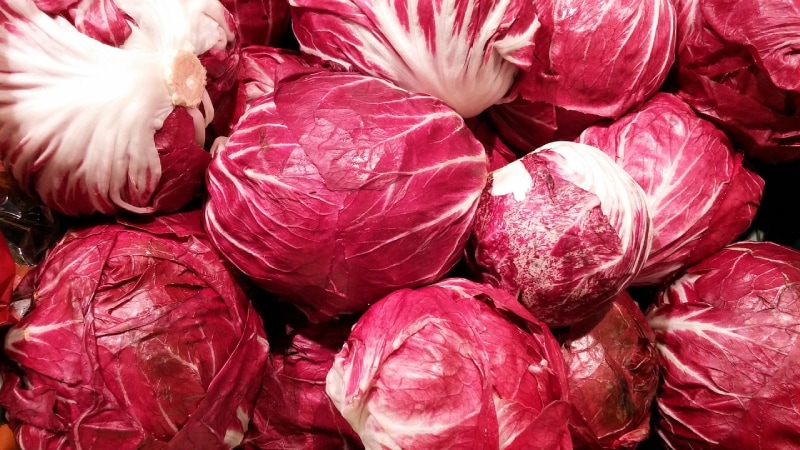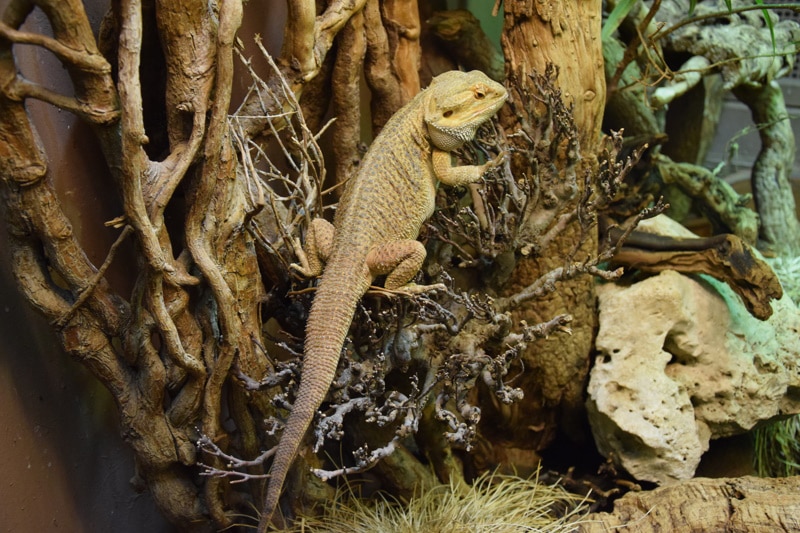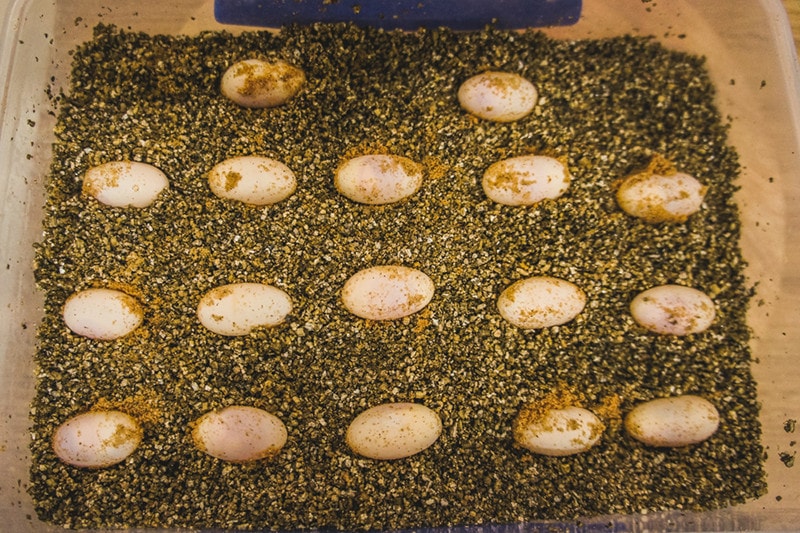Can Bearded Dragons Eat Radicchio? Vet Approved Nutrition Facts & FAQ

Updated on

Bearded dragon lovers know leafy greens are their lizards’ go-to food, but what about leafy reds? While radicchio may not have the same hue as their usual food, bearded dragons can safely eat these vibrant red leaves within their typical diet. Learn how to diversify the flavors (and colors) of your bearded dragon’s daily meals with this healthy addition.
Can Bearded Dragons Eat Radicchio?
Radicchio, a type of leaf chicory hailing from Italy, resembles a red cabbage. The veggie boasts a crunchy texture and bitter flavor when raw. As the leaves tend to mellow and sweeten when you cook them, radicchio is often preferable in a sauteed or roasted form. It receives its unique color from low-light growing conditions. The blanching process increases anthocyanin levels to create a rich, red hue while adding several anti-inflammatory and disease-fighting qualities.
Bearded dragons can enjoy its antioxidant benefits, and radicchio is safe for them to eat in a balanced diet of veggies and protein. Like other chicory plants, radicchio is low in oxalates, making them healthier for your lizard. A principal concern for bearded dragons is that oxalates bind to calcium to prevent the body from absorbing and using it properly, promoting severe health issues like metabolic bone disease.
Drawbacks to Radicchio in the Bearded Dragon Diet
Aside from its antioxidant benefits, a central feature of radicchio is its high amounts of vitamin K. The essential nutrient is vital in ensuring proper blood clotting and bone development. But while it’s critical for their bodies, bearded dragons synthesize most of their vitamin K in the gut’s microflora. As with humans, a deficiency is unlikely if they’re relatively healthy, requiring little supplementation with a normal diet.
The more pressing issue for a bearded dragon is that the calcium-to-phosphorus ratio in radicchio isn’t as ideal as it is in some other veggies. Phosphorus binds to calcium and therefore makes calcium physiologically unavailable to the reptile to use to maintain healthy bones. Therefore, maintaining a roughly 2:1 calcium-to-phosphorus ratio is very important. In radicchio’s case, the ratio is more like 1:2, meaning there is twice as much phosphorus as calcium in one serving. This is the opposite of what you want in an ideal food. This doesn’t mean it can’t be included in your dragon’s meals, but it must only make up a small proportion of an otherwise balanced diet, and only on occasion.
Like many other safe-to-eat veggies, radicchio balances its antioxidant benefits with a few minor drawbacks for a bearded dragon. It emphasizes the need for a varied diet that gives your lizard the benefits of each component while making up for its deficiencies. Plus, radicchio is more expensive than many alternatives. Since your bearded dragon won’t appreciate the flavor as much as you, why spend more than you need on their undiscerning palate?

How Much Radicchio Can a Bearded Dragon Eat?
Radicchio can be included in a bearded dragon’s diet, but it should be given alongside an array of other leafy greens. Bearded dragons need diversity to ensure adequate nutrition.
- Dandelion
- Collard greens
- Turnip greens
- Kale
- Broccoli
- Green beans
- Bell peppers
- Bok choy
- Mustard greens
Your bearded dragon’s life stage will determine how much radicchio (and vegetables in general) to provide. Young growing dragons require a protein-rich diet consisting mainly of insects, while adults need more veggies. When fully grown, a bearded dragon eats roughly 80% plants and only about 20% insect protein. The opposite is true in young bearded dragons.
How to Serve Radicchio
A varied diet is essential for a healthy bearded dragon, so radicchio should be part of a blend rather than a standalone course. After thoroughly washing the leaves, chop the radicchio into small manageable sizes. Each piece should be no bigger than the space between your dragon’s eyes. Mix it with other vegetables to make a salad for your beardie. You can cook the radicchio beforehand to dull the bitterness if this is preferred by your beardie.
Final Thoughts
If your bearded dragon’s standard meal is ready for a bit of color, reach for radicchio, but only in small amounts on occasion. Although it’s an acquired taste, your pet may love the offbeat bitter flavor as much as it enjoys the immune-boosting benefits. With unique advantages radicchio is a colorful addition within a varied bearded dragon diet.
See Also: Can Bearded Dragons Eat Eggplant? Vet-Reviewed Nutritional Facts & FAQ
Featured Image Credit: peter-facebook, Pixabay











